A cow dung cake maker tool is a traditional yet essential piece of equipment used in rural farming communities for the production of cow dung cakes. These cakes, also known as “UPLE,” have been used for centuries as a source of fuel, especially in rural areas where access to modern energy sources like gas or electricity is limited. The cow dung cake maker simplifies the process of creating these fuel cakes, making the task faster, easier, and more consistent. This tool is used by farmers, householders, and small-scale producers to craft cow dung into usable fuel for cooking, heating, and even as a fertilizer.
Introduction to Cow Dung Cakes
Cow dung cakes are made by molding cow manure into flat, round, or oblong shapes that are then dried and used as fuel. These cakes are a sustainable, eco-friendly option for heating and cooking in areas where firewood is scarce or costly. Cow dung cakes are also used in many rural cultures as a source of fuel for traditional stoves (chulhas), as well as a component in organic farming as a natural fertilizer. The process of making cow dung cakes can be time-consuming and labor-intensive, requiring the manual shaping and drying of the dung. That’s where the cow dung cake maker tool comes in, simplifying the process and making it much more efficient.
Importance of Cow Dung Cakes
In many parts of the world, especially in rural and underdeveloped regions, cow dung cakes serve as one of the primary sources of fuel for cooking and heating. These cakes are particularly valuable in areas where wood and charcoal are either too expensive or hard to find. Cow dung cakes are often burned in traditional stoves, providing warmth in the cold months and heat for cooking meals.
Additionally, cow dung cakes are considered more eco-friendly compared to other fuel sources, such as coal or wood, because they are biodegradable and produce less harmful smoke and emissions. The burning of cow dung releases fewer greenhouse gases compared to the burning of fossil fuels or wood, making it a more sustainable option. Moreover, cow dung is renewable, as it is continuously produced by livestock, meaning that these cakes can be made year-round without depleting any natural resources.
In farming communities, cow dung is also highly valued as an organic fertilizer. It is rich in nutrients and can be used to improve soil quality. After it has been burned and turned into ash, it is even more concentrated and useful as a natural soil amendment. Thus, cow dung serves a dual purpose as both a fuel source and a valuable agricultural input.
The Role of the Cow Dung Cake Maker Tool
The traditional method of making cow dung cakes is a labor-intensive process that involves gathering fresh cow dung, forming it into small cakes by hand, and then leaving them out to dry in the sun. This process can take several days to complete, especially in humid climates where drying is slower. Additionally, the manual method often results in unevenly shaped cakes, which can affect the burning efficiency and consistency of the fuel.
A cow dung cake maker tool was developed to address these challenges, making the process more efficient and producing uniform cakes that burn more consistently. The tool is typically made of durable metal or plastic, with a shape and design that allows the user to mold the cow dung into consistent cakes or patties. The tool may have a mold or press that helps the user create cakes of specific sizes and thicknesses, reducing the variability and ensuring a more uniform product.
How the Cow Dung Cake Maker Tool Works
The basic principle behind the cow dung cake maker tool is simple: it presses or molds the dung into flat, round, or oval shapes, ensuring uniformity in size and shape. The tool consists of a frame or handle and a mold, which can be shaped to the user’s preference. The dung is placed into the mold, and pressure is applied to compact the dung into the desired shape.
1. Manual Operation
Most cow dung cake maker tools are manually operated. The user fills the mold with fresh cow dung, then presses or squeezes the handle to compact the dung. Once the dung has been compressed into the desired shape, it is removed from the mold and left to dry in the sun. Some tools may include a mechanism to help release the cake from the mold easily, ensuring that the cakes do not stick and are shaped uniformly.
2. Different Molding Shapes
Cow dung cake maker tools are available in various shapes, allowing users to produce cakes of different sizes and forms depending on their needs. For example, some tools create round, flat cakes, while others form oval-shaped or rectangular cakes. The size of the mold will influence how much dung is needed for each cake, and how long it will take for the cakes to dry and burn.
3. Durable Construction
Cow dung cake maker tools are typically constructed using materials like metal or heavy-duty plastic. These materials ensure that the tool can withstand the pressure needed to compress the dung and that it will last for years of regular use. The mold may be reinforced with extra support to prevent warping or cracking under pressure.
4. Ease of Use
Using a cow dung cake maker tool is straightforward and requires minimal effort compared to the traditional method of hand-forming the dung. The user simply fills the mold with dung, presses the handle, and removes the molded cake. It is much faster and more consistent than manually shaping each cake by hand.
5. Versatility
Some advanced models of cow dung cake makers offer adjustable molds, allowing the user to produce cakes of varying sizes. This versatility makes it easier to create cakes that are appropriate for different cooking methods and stoves, depending on the size of the fire needed.
Benefits of Using a Cow Dung Cake Maker Tool
The cow dung cake maker tool offers numerous advantages over traditional hand-molding methods. Here are some of the key benefits:
1. Efficiency
The primary advantage of using a cow dung cake maker tool is the significant reduction in time and effort required to produce cow dung cakes. The tool allows the user to quickly form several cakes in a short period, making the process much more efficient than doing it by hand.
2. Uniformity
One of the challenges with manually forming cow dung cakes is ensuring that all cakes are the same size and shape. A uniform cake burns more evenly and efficiently, providing consistent heat for cooking and heating. The cow dung cake maker tool ensures that each cake is shaped in a uniform manner, allowing for better combustion and a more reliable fuel source.
3. Less Labor-Intensive
The manual process of making cow dung cakes can be physically demanding, especially in hot weather. The tool alleviates some of this strain by automating the shaping process. The user can create a large number of cakes with minimal effort, reducing fatigue and making the task more manageable.
4. Consistency in Drying
Consistent cake sizes result in more uniform drying times. Larger cakes will take longer to dry than smaller ones, so by ensuring uniform size, the tool helps optimize drying times, making the fuel ready for use more quickly.
5. Better Quality Fuel
Uniformly shaped cow dung cakes tend to burn more evenly than irregularly shaped cakes. This results in better heat output, making them more effective as a fuel source. Additionally, the uniformity of the cakes helps to reduce the amount of smoke produced, leading to a cleaner burn.
6. Economic and Eco-Friendly
The cow dung cake maker tool helps reduce the amount of dung that is wasted in the production process. By ensuring a more efficient molding of cow dung, the tool minimizes wastage and ensures that more dung is converted into usable fuel. Furthermore, since cow dung is a natural, renewable resource, using cow dung cakes is an eco-friendly alternative to using non-renewable energy sources.
Applications of Cow Dung Cakes
Cow dung cakes have a variety of uses beyond serving as fuel for cooking and heating. In rural areas, they are often used for:
1. Fertilizer
Cow dung is rich in essential nutrients like nitrogen, phosphorus, and potassium, making it an excellent fertilizer. After it is burned into ash, it becomes even more concentrated, and the remaining residue can be used as a soil amendment to improve soil fertility.
2. Manure for Plants
Cow dung can be mixed with other organic materials to create a compost-like mixture that provides nutrients to plants, encouraging healthy growth. This is particularly useful in organic farming, where synthetic fertilizers are avoided.
3. Building Material
In some regions, cow dung is mixed with mud or clay to create an eco-friendly building material known as “cow dung plaster.” This mixture is used to insulate homes and provide a natural, sustainable building material.
4. Traditional Medicine
In some cultures, cow dung is believed to have medicinal properties, and its ash is sometimes used for various health-related purposes, including for treating skin conditions and as a disinfectant.
Conclusion
The cow dung cake maker tool is an essential piece of equipment for rural communities that rely on cow dung cakes as a primary source of fuel. By simplifying the process of shaping cow dung into uniform cakes, the tool helps increase efficiency, consistency, and productivity, making it a valuable asset for households and small-scale producers. Not only does the tool make it easier to produce fuel, but it also plays a role in reducing the amount of manual labor required and improving the overall quality of the fuel. With the tool’s ability to create more uniform cakes, it enables cleaner burning, better heat output, and reduced environmental impact. As a sustainable, eco-friendly, and cost-effective solution, the cow dung cake maker tool is an indispensable aid in promoting energy independence in rural areas.

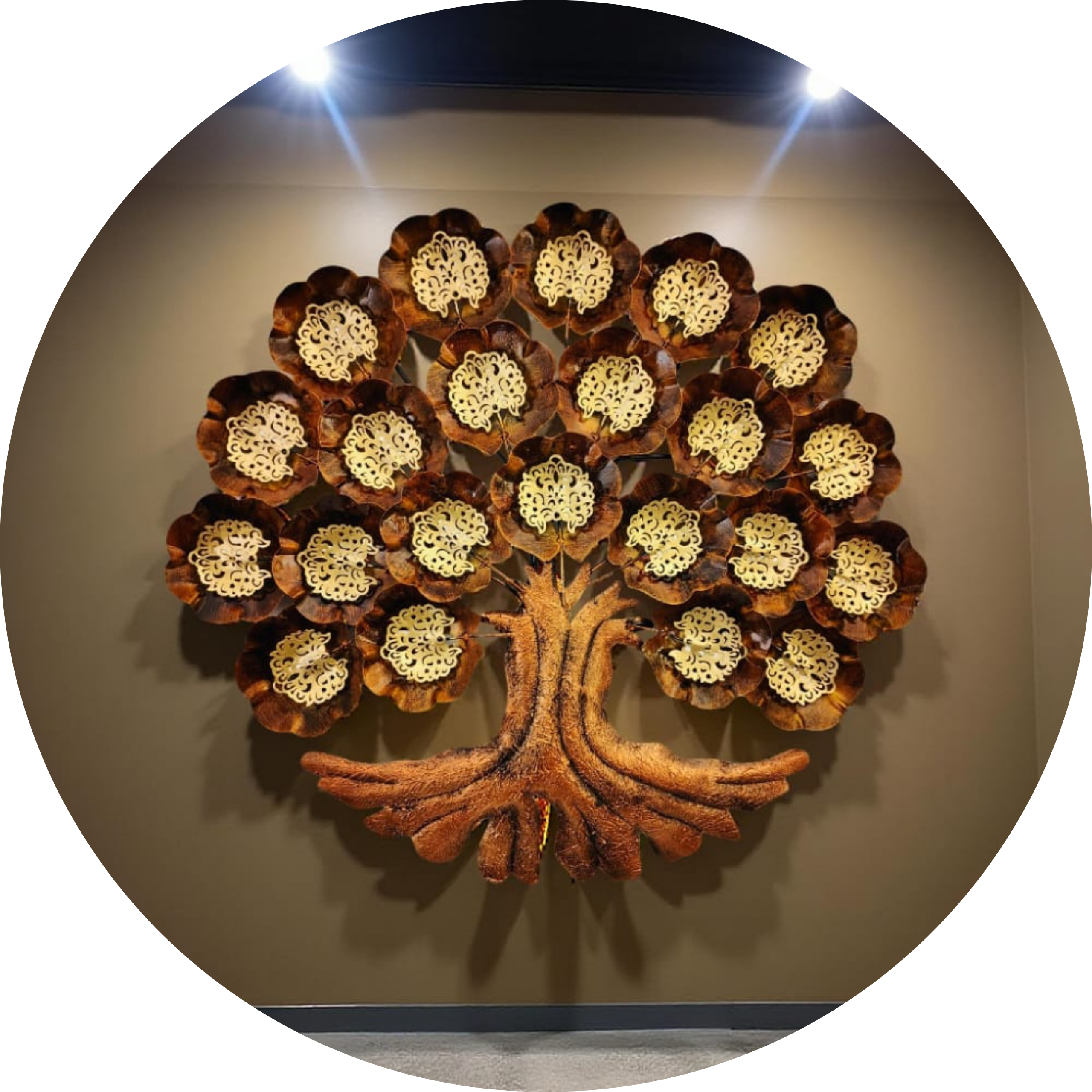

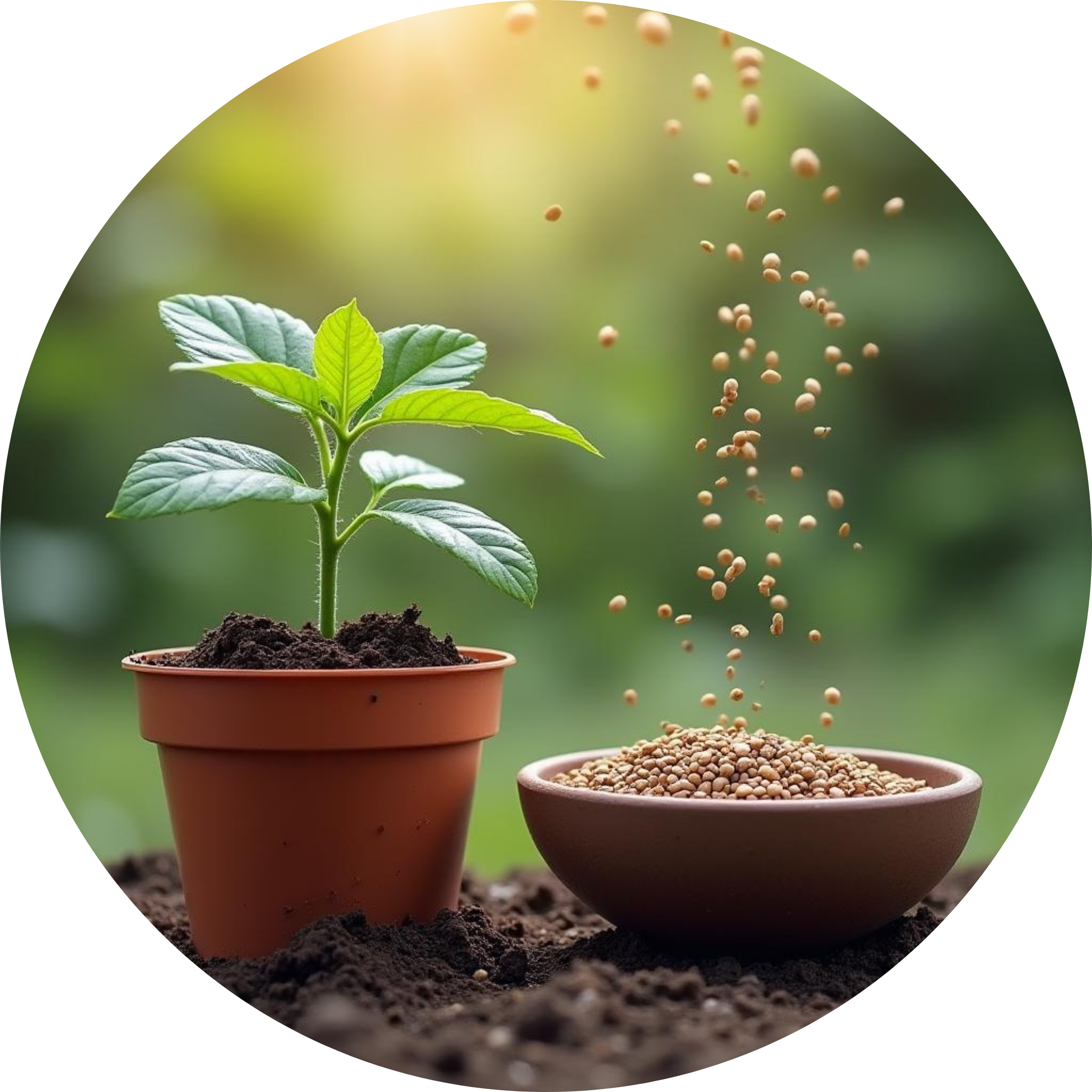
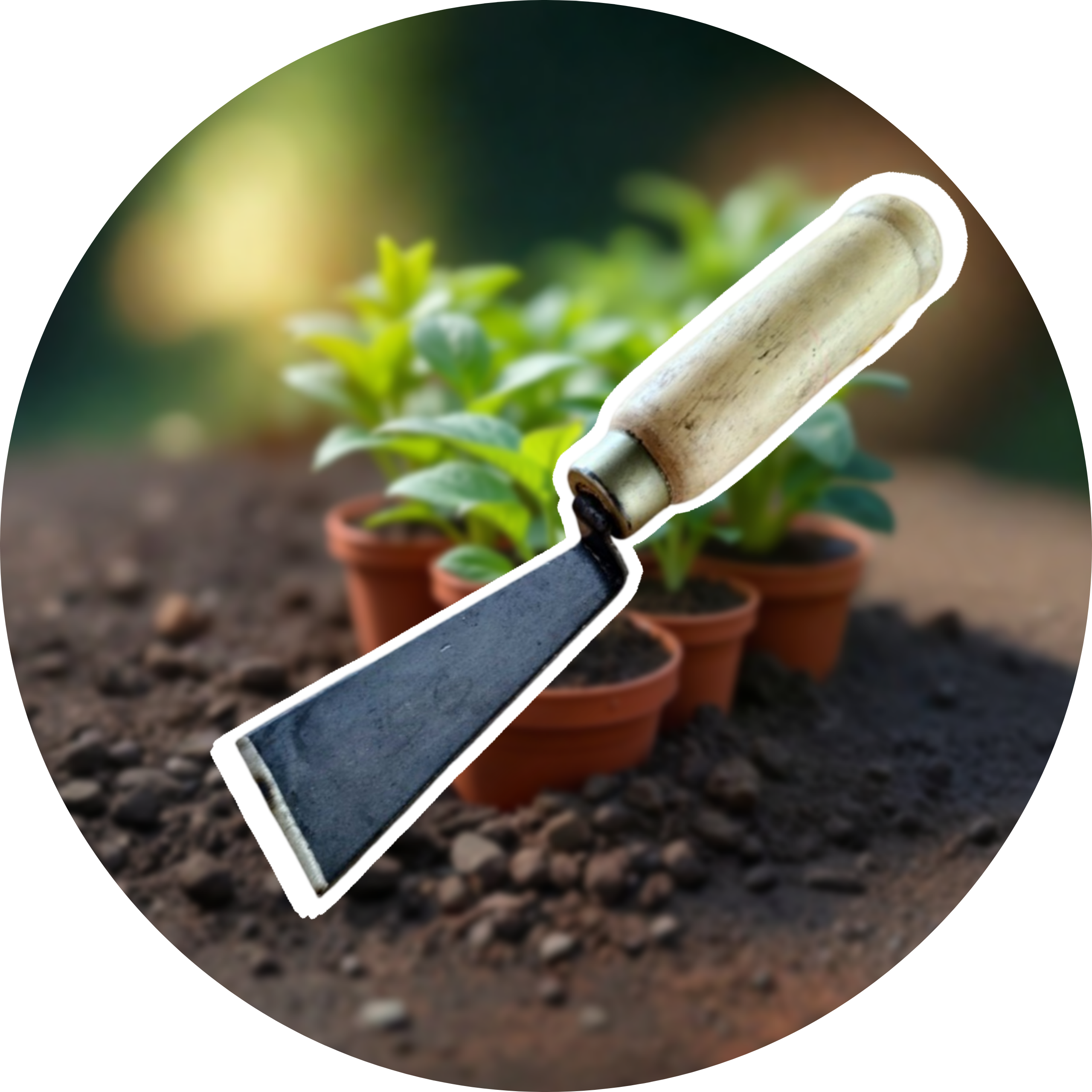

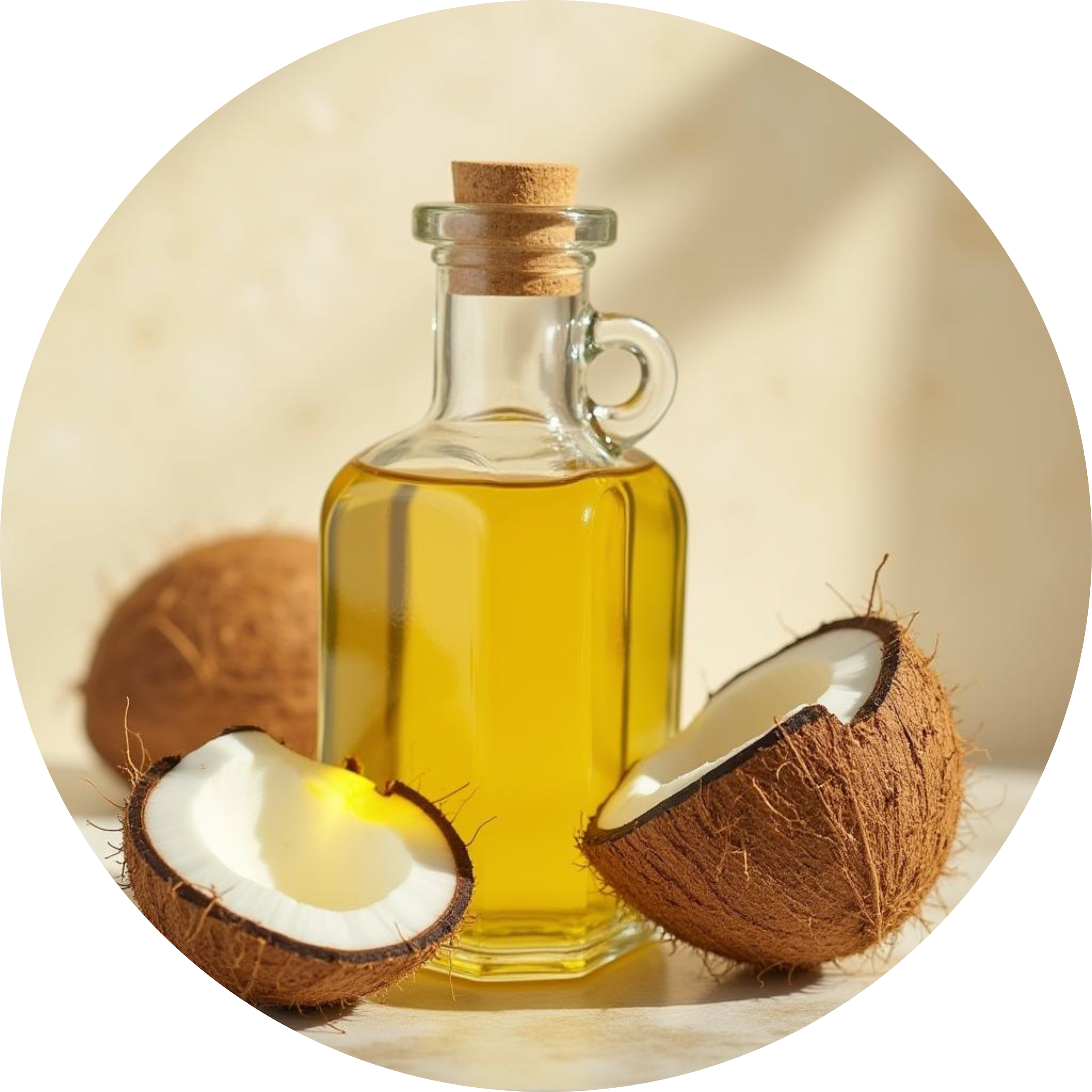











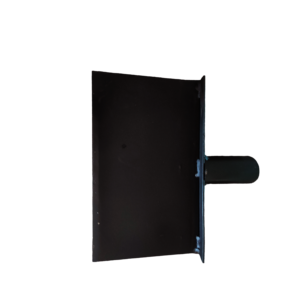

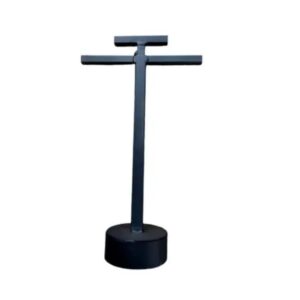

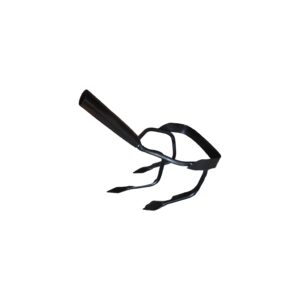


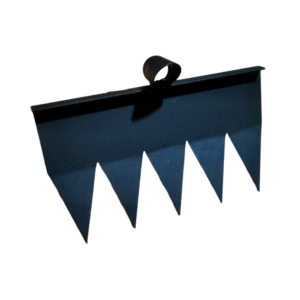
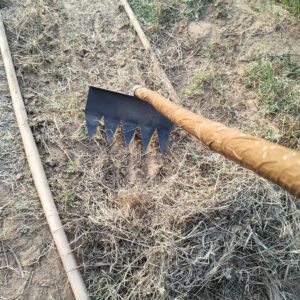


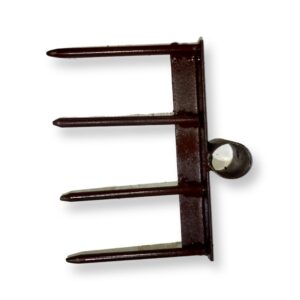
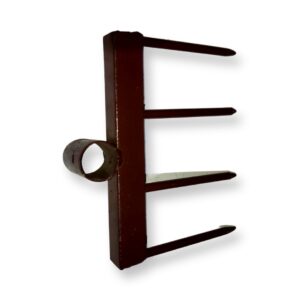

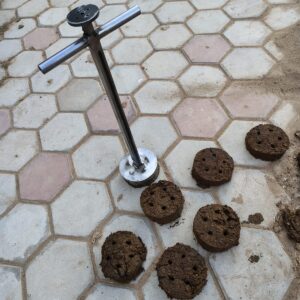
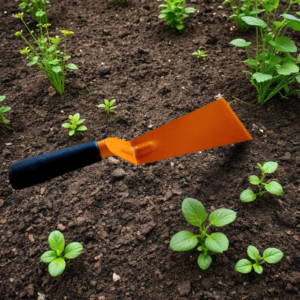
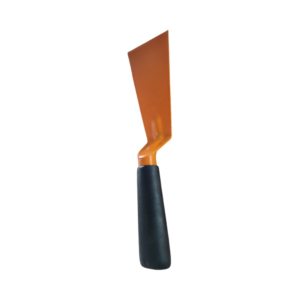



Reviews
There are no reviews yet.